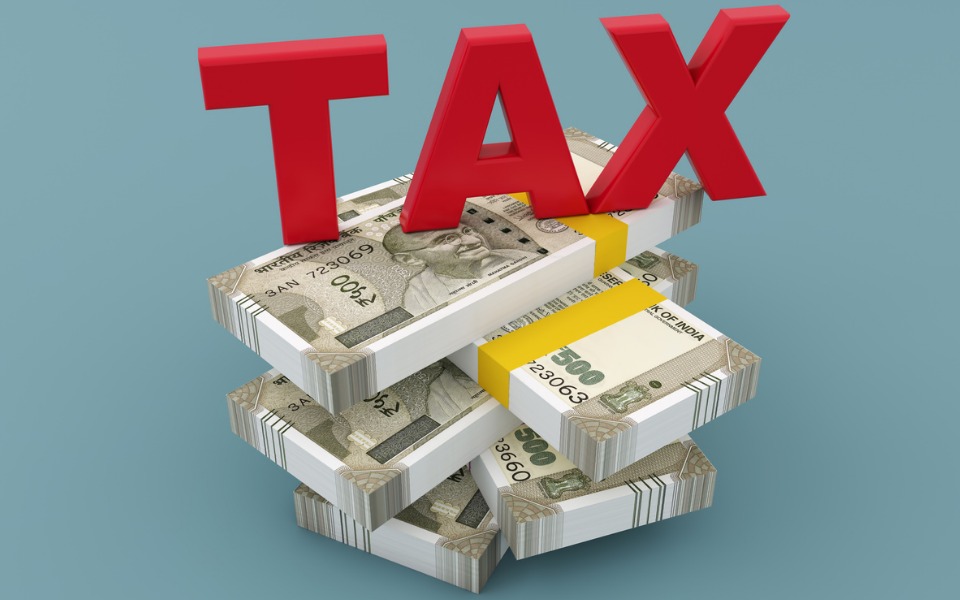
Budget 2023-24: Expectations of a middle-class Indian and the rationale

Union Budget 2023-24 will be presented on February 1, 2023, by the Modi government 2.0. This being the last full-fledged Budget for the current government before the 2024 Lok Sabha elections, it will be under the scanner of the industry and the masses alike, and rightly so.
While one would expect the Budget proposals to continue to focus on recovery and growth, personal tax reforms will be on top of a middle-class taxpayers’ Budget wish list.
Rising inflation, increasing education and medical costs, falling income, and the lingering effects of COVID-19 have been posing survival challenges for lower/middle-income families. Several measures can be brought in to achieve this target. However, it will be a tight-rope walk, as the government must maintain the delicate balance between providing tax-relief measures to increase the disposable income in the hands of middle-class individuals and maintain the fiscal coffers.
Also read: Why is India’s overall debt is big concern? Expert analyses ahead of Budget
The Finance Minister may provide relief to the middle-class by increasing the exemption limit and incentivize investments. In this article, we will discuss some expectations and the rationale behind those.
Change in personal tax slab and tax rate
For individual taxpayers aged below 60, the income tax exemption limit is Rs 2.5 lakh p.a., unchanged since FY 2014-15. This exemption limit can be enhanced to Rs 5 lakh to keep parity with the rising cost of living. This will also call for re-alignment of slab rates both under the existing and new concessional tax regime, in line with the progressive tax rate system that India has always adopted.
Over the years, the government has brought down corporate tax to 25% for all companies and 15% for new companies. This has resulted in India becoming a competitive market for global investments. It’s high time to bring in such gradual reduction in individual income tax rates also.
Also read: Budget 2023-24 | FM will have to focus on easing tax compliance
Though the government recently introduced optional lower income tax rates, these are subject to disallowance of prominent exemptions and deductions (including HRA, LTA, Sec 80C and 80D benefits and home loan interest deduction), leaving taxpayers less interested in switching to new tax regime. Hence, the government may consider revising old tax rates and slabs, as follows:
Up to Rs 5 lakh: Nil
For income between Rs 5 lakh and 7.5 lakh: 10%
For income between Rs 7.5 lakh to 15 lakh: 15%
For income above Rs 15 lakh: 25%
The above change can result in tax saving from 6% to 7.5% of income for various income ranges, for taxpayers who effectively come under the tax net. The income group up to Rs 5 lakh become eligible for Section 87A rebate and, hence, are mostly not affected by the tax rate changes.
Also read: Budget 2023: 5 wishes of the salaried middle-class taxpayer
Increase in standard deduction
For salaried individuals, medical reimbursement and conveyance allowance exemption were done away from FY 2018-19 in lieu of standard deduction. To keep pace with the ever-rising cost of living (amplified due to pandemic) and the fuel cost, the standard deduction should be increased from the existing Rs 50,000 to at least Rs 100,000 p.a. Such increase will help in tax saving up to ~Rs 16,000 p.a. for taxpayers having taxable income up to Rs 50 lakh.
Increase in deduction limit u/s 80C
The limit of Rs 1.5 lakh in respect of deduction under Section 80C for various common tax-saving investments/expenditure (e.g., employee EPF contribution, PPF, principal repayment of housing loan, children tuition fee, national savings certificate, etc.) has remained constant for almost half a decade now.
Since the Indian household’s saving has been decreasing over the years, this limit can be increased (to Rs 3 lakh) to encourage individuals to invest in eligible investments, resulting in savings of up to Rs 47,000 p.a. (for taxpayers having income up to Rs 50 lakh).
Also read: Budget 2023-24: Proposals on Direct Taxes Code that can benefit taxpayers
Other moves
Some other welcome moves that can bring some parity to our income tax regime would be to increase the deduction limit for medical expenses and make it available for all taxpayers (currently allowed for senior citizens under Section 80D), increase housing deductions, a separate tax deduction for children’s education (which is currently clubbed with the overall limit of Rs 1.5 lakh under Section 80C), etc.
Recently, Finance Minister Nirmala Sitharaman was quoted as saying, “I belong to the middle class and identify myself as middle class, so I can understand them. The Modi government has not levied any new tax on the middle class in any Budget so far. No tax has been levied on people who earn salary up to Rs 5 lakh.”
While it is a fact that no new tax has been imposed on the lower- and middle-class taxpayers, a lot can still be done to provide the long-awaited relief from the burden of inflation and decreasing income, which shall impact the mass taxpayers.
(The authors are chartered accountants)


